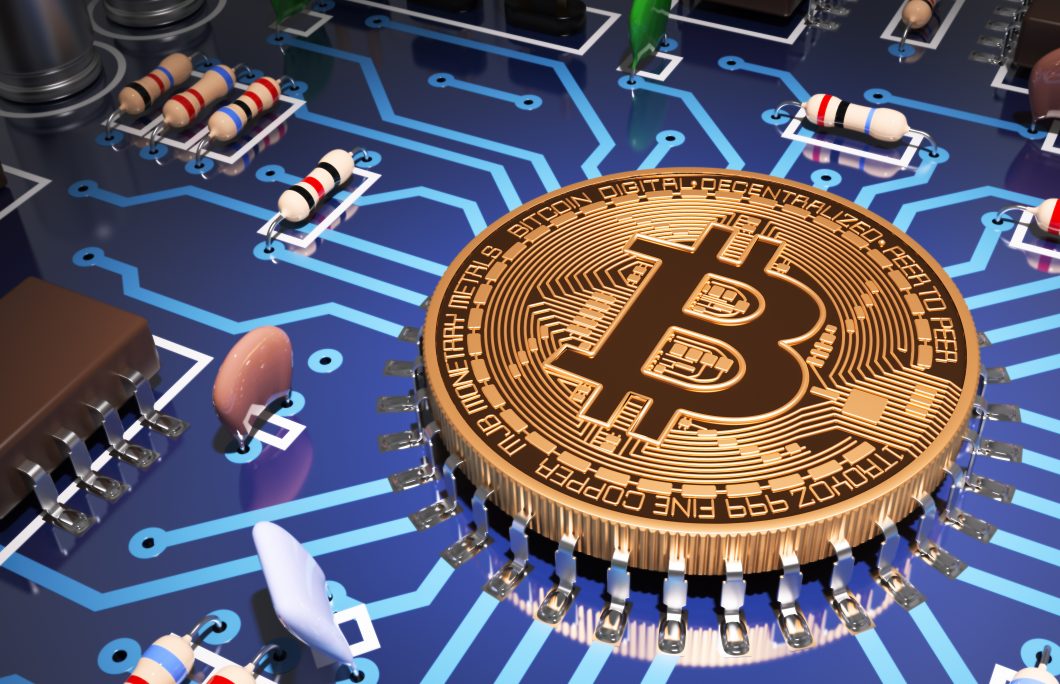The Rising Trust in Bitcoin
The timing could not have been more propitious for Liberty Fund’s conference on cryptocurrency this past weekend. Last week Bitcoin hit an all-time high, even as it decreases in volatility. In their book, The Age of Cryptocurrency, Paul Vigna and Michael Casey offer five stages of the evolution of social attitudes toward Bitcoin. The first is disdain. The second is skepticism. The third is curiosity. The fourth is crystallization, where an understanding of the currency leads to a recognition that Bitcoin is a coherent design that fulfills an important function. And the final stage is comfort with and acceptance of the innovation.
Most people at the conference had passed through the first three stages and are resting at either stage four or five. The reason for this progression is that Bitcoin is earning more trust. It was always theoretically possible that Bitcoin could develop into a more trustworthy store of value than many government currencies, because many governments have proved themselves so untrustworthy. But only time would give people reason to trust an algorithm that was far too complicated for most fully to understand. And Bitcoin itself has worked now for more than eight years, generating more trust.
But even as of 2017 many people had legitimate worries. The greatest was fear of a so-called hard fork—a disagreement about changing the algorithm that results in two versions of the currency going forward. Under the version of the software that had governed until recently the Bitcoin network could handle only about 350,000 transactions per day. At Bitcoin’s inception, this limit was hardly seen as a constraint, but by now Bitcoin is coming up against these limits.
To increase Bitcoin’s capacity, the amount of transactions processed in each “block”—the bundle of transactions that miners gather every ten minutes– can be increased. However, an increase in the size of the block increases the requisite computing power necessary to participate in mining, which could result in a decrease in the number of individuals capable of meeting these requirements. The disagreement about how to increase Bitcoin’s capacity created a schism between those who sought to expand the block as much as possible and those who desired that Bitcoin remain very decentralized. Many thought an actual fork between these two factions would prove fatal to the Bitcoin experiment.
Bitcoin forked on August 1, 2017. One of the forks, now called either Bitcoin or Bitcoin Core, made some minor technical changes to expand how many transactions each block of the blockchain could handle. But the other fork, now called Bitcoin Cash, made these changes but also expanded the actual size of the block, necessitating the use of more computer power.
But when the fork occurred, the price of the combined forms of Bitcoin Core and Bitcoin Cash went up! One interpretation of the rise is that Bitcoin now has two versions optimized for different uses– a long term conservation and a shorter term payment mechanism. Bitcoin Core remains dominant at a price roughly eight times that of Bitcoin Cash. And thus the fork has turned out to be a major event increasing trust in Bitcoin.
At the conference the greatest remaining concern was that governments would find a way to make Bitcoin illegal. But as Kyle Roche and I have argued, it is difficult for any single government to stamp out Bitcoin or even greatly hamper it, because it exists outside the control of any jurisdiction. Recently China has cracked down on Bitcoin exchanges. But much of the action on these exchanges has moved elsewhere, particularly to Japan which has regulated but legalized such exchanges. That Bitcoin’s ecosystem can move from jurisdiction to jurisdiction is another reason why the price is rising, and why more of us are moving toward acceptance of a wonder of the information age that is also a boon for liberty.


